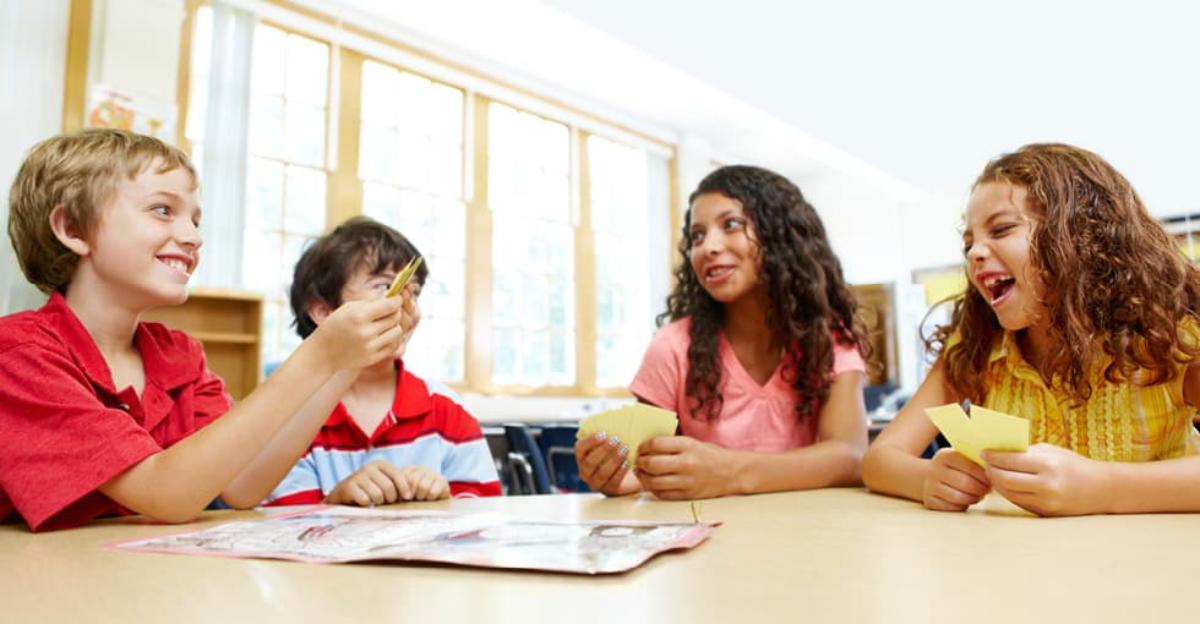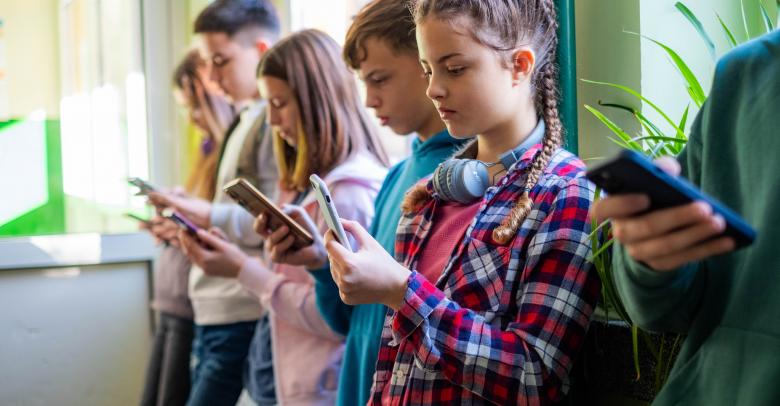Experts in childhood development are concerned about the lack of play options in today’s kids’ lives. In response to the No Child Left Behind Act, many school districts restructured their curricula to increase traditional classroom instruction at the expense of decreased time spent in recess, art, and physical education classes. Unfortunately, this limits children’s access to play time. According to the American Academy of Pediatrics, engaging in play is essential for healthy development. Foster your students’ play experiences by engaging them with fun, educational games each day.
Benefits of Play
Playing is something that parents and educators sometimes take for granted. However, fostering good play skills in children helps them in myriad ways, including:
Building creativity
Many games require creative problem solving. It can also be fun to let kids loose to build games with their own rules or to modify classic games with new “house rules.” This creativity transfers to swifter thinking and better cognitive flexibility.
Mastering new concepts
There are dozens of excellent educational games that foster specific classroom skills. Best of all, students won’t even realize they’re being taught — they’ll think it’s just time for fun and games. For example, the Learning Well series offers fun games that build critical thinking skills, reading comprehension, and basic math abilities.
Empathy and perspective-taking
For children with behavioral problems, playing games may seem like an educator’s nightmare. However, games often teach kids to be empathetic to others and to resolve conflicts, translating to better classroom behavior.
Lower anxiety
Particularly for children who struggle with learning, games can be a great way to break the ice. For example, classic games like Scrabble teach spelling and reading abilities in a low-stress way.
How to Increase Time Spent in Play
One of the best ways to ensure that children get enough play time is to set aside a block of time during the day that is solely dedicated to interactive play. Designate the first 20 minutes of the day as play time. Once students have hung up their coats and organized their desks for the day, it’s time to play! This is enough time for a quick game of Battleship or Monopoly Jr. before the school day begins. You’ll find that your students are more relaxed, attentive, and ready to start the day after engaging in interactive play. Alternatively, use play as a reward for great classroom behavior or reaching an educational milestone.
Perhaps most beneficial is incorporating game play into everyday classroom instruction. Use educational games to teach concepts in math, reading, and science. There are dozens of great games available, or you can create your own.
It’s never too late to begin encouraging interactive play. Give games as a holiday gift this year to foster your children’s creativity, educational abilities, and, most importantly, sense of fun!






Leave a Reply